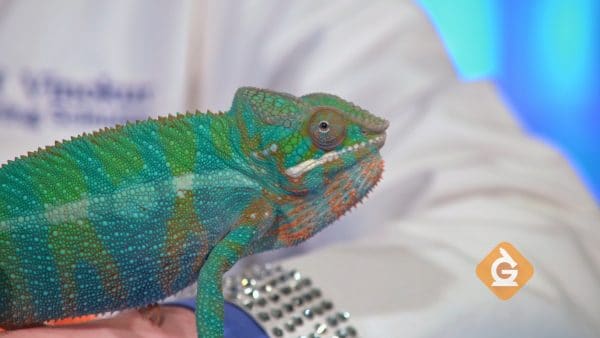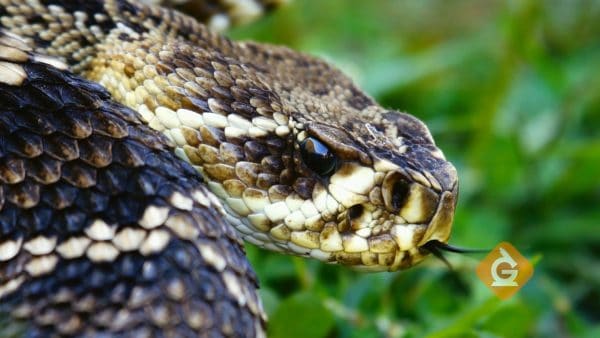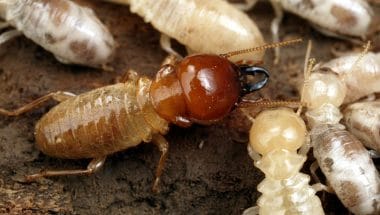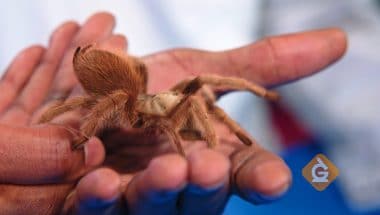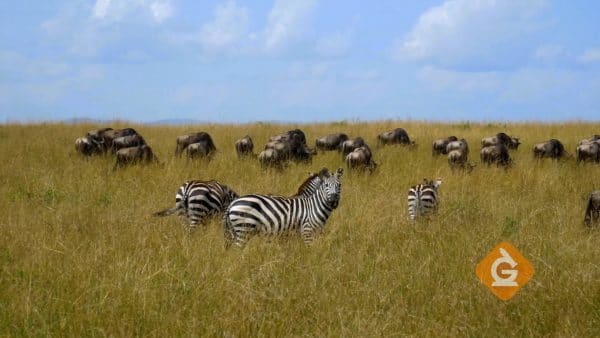This termite is following a scent trail. Termites send signals to other termites through the sense of smell, to lead them to food.
Information collected through the senses is processed by the nervous system.
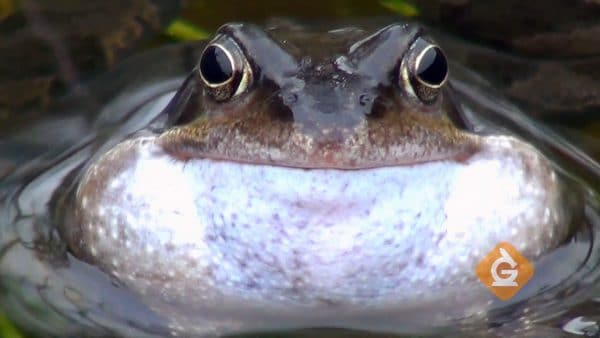
Our eyes, ears, and nose all help us gather sensory information. Each organ has special structures that collect the information and send it to the brain through the nervous system. The brain is also part of the nervous system and tells us how to act and react to sensory information. The nervous system also includes the spinal cord and miles of nerves spread throughout the body. The nerves are kind of like wires which send electrical signals to and from the brain.
Example: Frogs have an amazing sense of hearing. When a frog’s ears hear another frog making noise, the ears send the information to the brain. The brain then processes the information and tells the frog how to respond. That response might be to move away from another frog’s area, or to go toward the other frog in hopes of finding a mate. Frogs also hear and respond to many other sounds that help them locate food and avoid predators.

